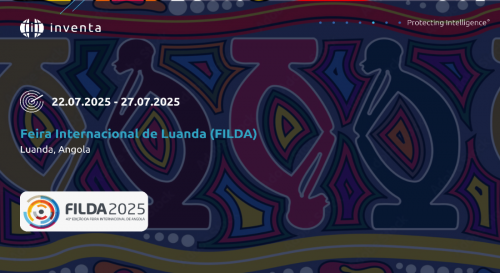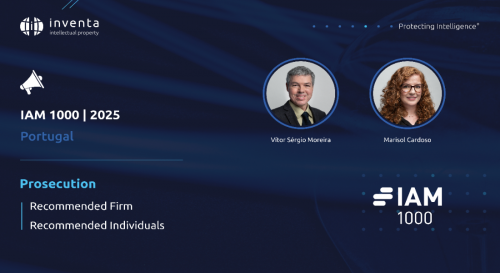
Africa: patenting against the clock
A patent prosecution process carried by a patent office takes a significant time lasting usually from three to six years. The period from filing the patent application to patent granting depends on several factors, for example the work capacity of the patent office, meeting of the patentability criteria, number of necessary substantive examinations, and some time limits set forth by patent laws and regulations.
In certain situations, the necessary regular period to get a patent granted in some specific jurisdiction does not meet the expectations of the applicant, namely when the applicant wishes to have his patent granted as soon as possible in order to quickly enforce it.
This situation can happen when there is an infringement of the patent that harms its scope of protection in a certain jurisdiction or when the technology has a short lifespan and the effects of its related patent must be used timely.
Considering this background, several patent offices offer to the applicant legal provisions that are configurated to provide a faster prosecution of a patent application. There are several embodiments of accelerated examination procedures, wherein the simplest ones comprise a mere request by an applicant for an accelerated examination for a specific patent application, as the PACE programme, established by the European Patent Office (EPO).
Other embodiments comprise more complex rules and are dependent of bilateral agreements and cooperative examinations between patent offices, for example the Patent Prosecution Highway (PPH).
This study aims to display relevant details regarding the legal framework for accelerated substantive examination of patents in a subset of African countries, presenting examples of jurisdictions where is possible to file an application to install an accelerated substantive examination for a patent application.
The jurisdictions explicitly cited in table 1 have received about 92% of the patent applications filed in Africa from 2009 to 2019, according to data retrieved from the World Intellectual Property Organization (WIPO) statistics database, but only Morocco, Tunisia, Egypt and the African Regional Intellectual Property Organization (ARIPO) provide explicit details about embodiments of accelerated examination.
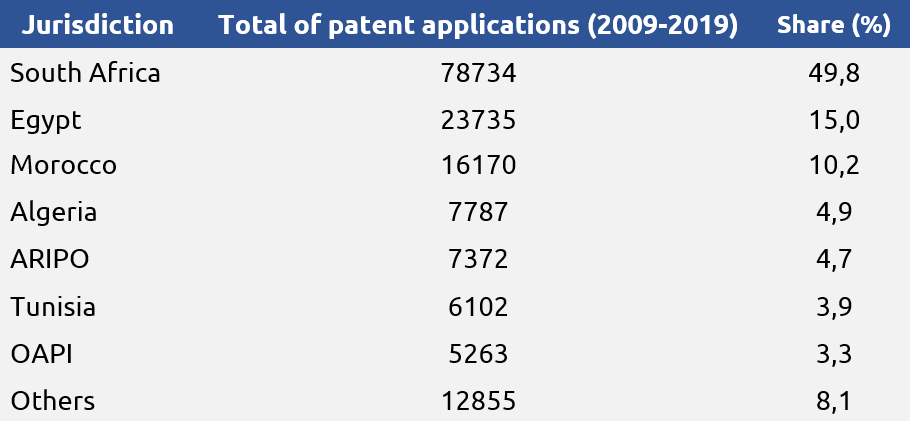
Table 1
PPH in Africa
There are two patent offices in Africa belonging to the Global Patent Prosecution Highway (Global PPH or GPPH), namely the Egyptian Patent Office (EGPO) and the Office Marocain de la Propriété Industrielle et Commerciale (OMPIC). The GPPH is a plurilateral PPH pilot programme covering three types of PPH, the Normal PPH, the PPH MOTTAINAI, and the PCT-PPH.
The Normal PPH allows the applicant to request accelerated examination of a patent application to the office of later examination (OLE) following a simple procedure, if a corresponding application in the same patent family has been found allowable/patentable by the office of earlier examination (OEE), as illustrated in figure 1. The examination cooperation programme does not mean that the patent will be automatically granted by the OLE after the OEE grants the corresponding patent application.
The applicant shall file a PPH request before the OLE to accelerate the substantive examination and file: a set of claims that correspond to the set of claims considered allowable/patentable by the OEE; copies of the prior art documents considered relevant by the OEE; and translations of the substantive examination reports issued by the OEE. Moreover, the OLE places the patent application prosecuted under the PPH programme in a special line, which provides quicker processing.
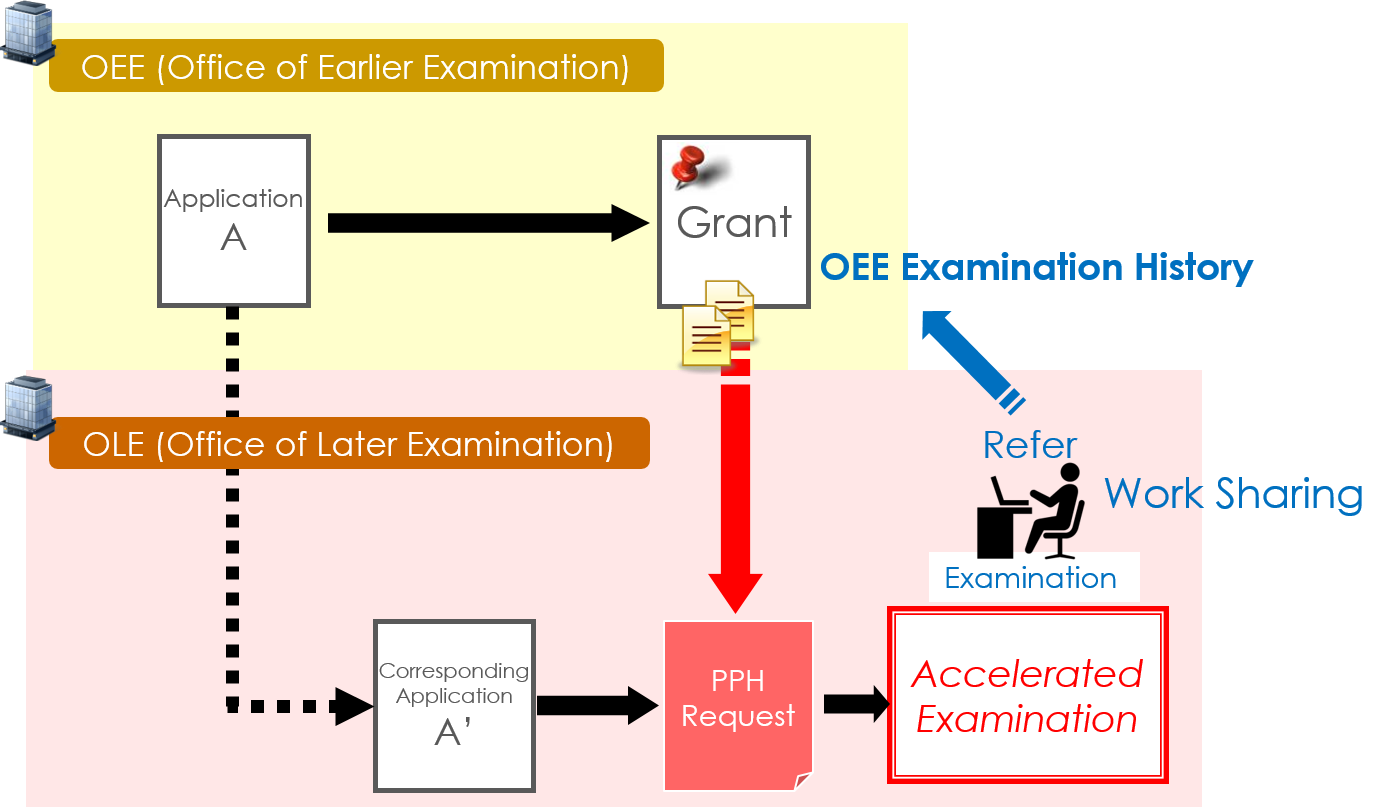
Figure 1: Normal Patent Prosecution Highway procedure (Source: https://www.jpo.go.jp/e/toppage/pph-portal/pph.html)
The PPH MOTTAINAI makes the PPH available for patent applications found allowable/patentable regardless of the office of first filing (OFF), wherein the OFF is not the first one to consider a set of claims allowable/patentable. The PPH MOTTAINAI is applicable to a first embodiment wherein the OEE is the Office of Second Filing (OSF), and a PPH request is submitted before the OFF, which become the OLE, as it is illustrated in figure 2.
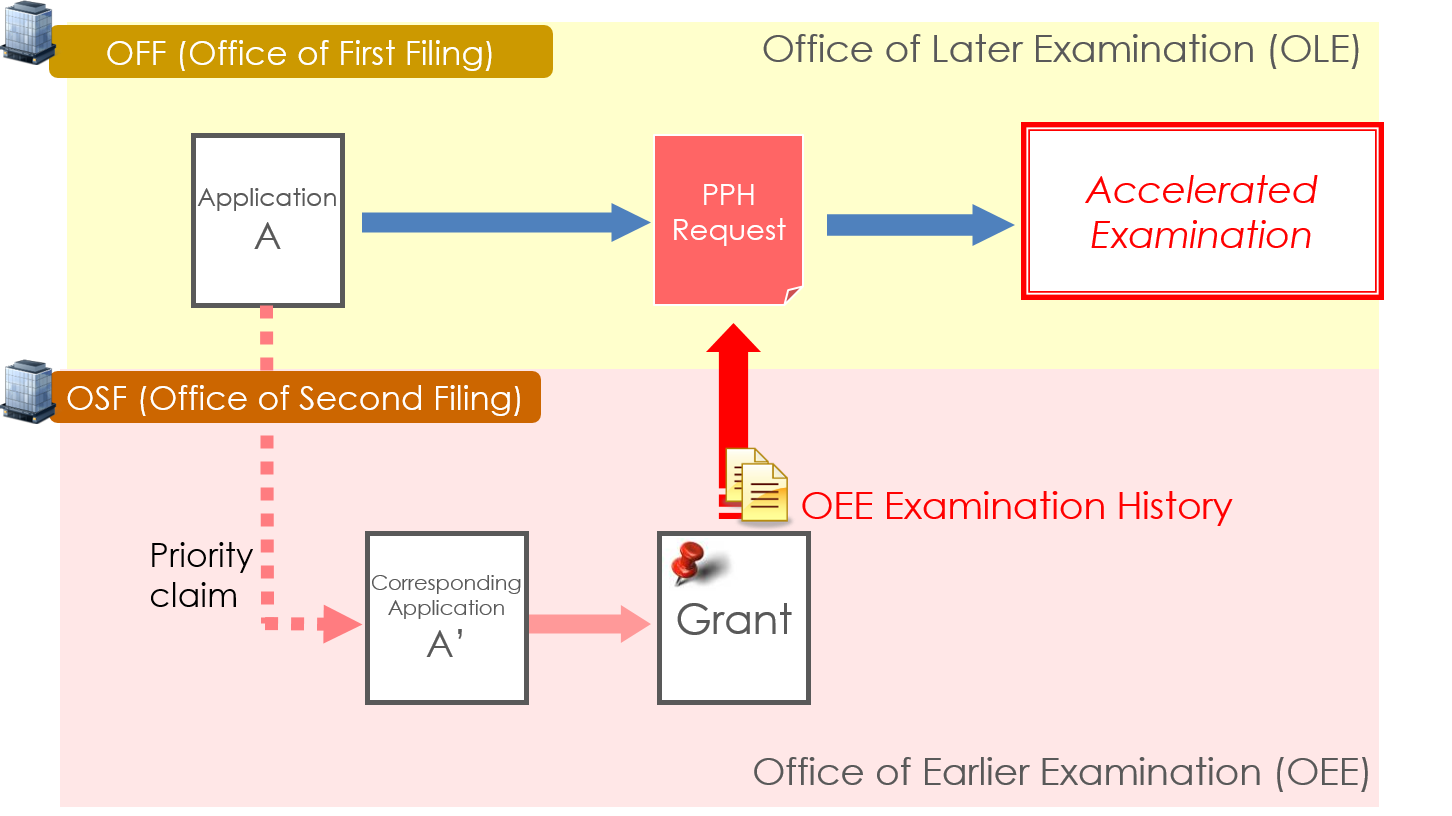
Figure 2: PPH MOTTAINAI – version 1 (Source: https://www.jpo.go.jp/e/toppage/pph-portal/pph-mottainai.html)
The PPH MOTTAINAI is also applicable to a second embodiment wherein the earliest application is filed with a third Office (other than the OEE and the OLE), as it is illustrated in figure 3. As an example of an application, if a first application is filed before the EPO and patent family members are subsequently filed before the EGPO and the CNIPA, claiming as priority the European patent application, and if the patent is granted in China, the accelerated examination may be triggered by the granting of the patent in China and a further PPH request in Egypt.
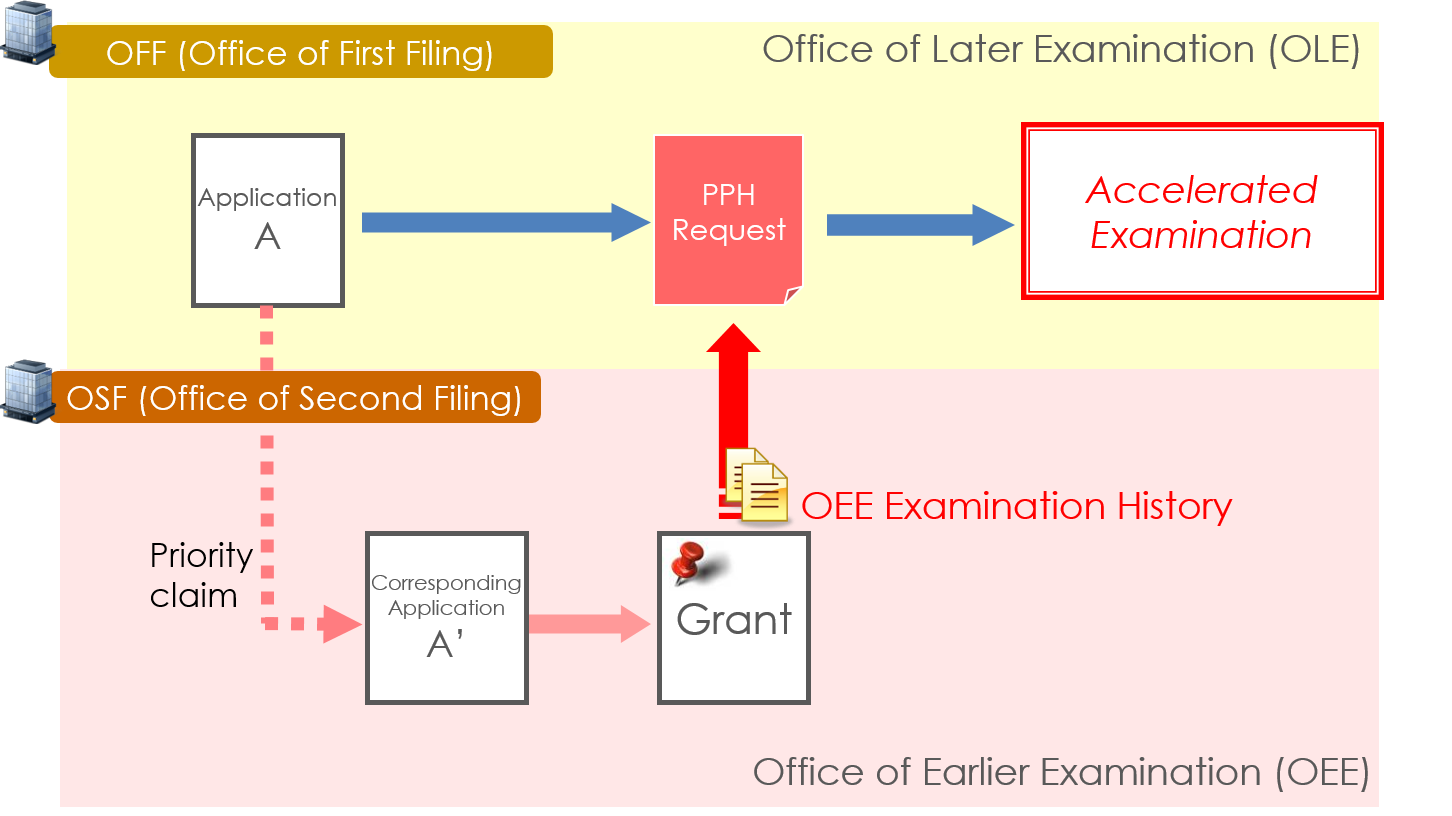
Figure 3: PPH MOTTAINAI – version 2 (Source: https://www.jpo.go.jp/e/toppage/pph-portal/pph-mottainai.html)
The PCT-PPH allows the applicant to request PPH based on PCT working documents including a written opinion of an international search authority (WO/ISA), a written opinion of an international preliminary examination authority (WO/IPEA), and an international preliminary examination report (IPER), as illustrated in figure 4. Providing a practical example, if a PCT patent application has selected the JPO as the ISA and in its WO/ISA indicates that at least a claim is allowable, a request for a PPH may be filed before the EGPO.
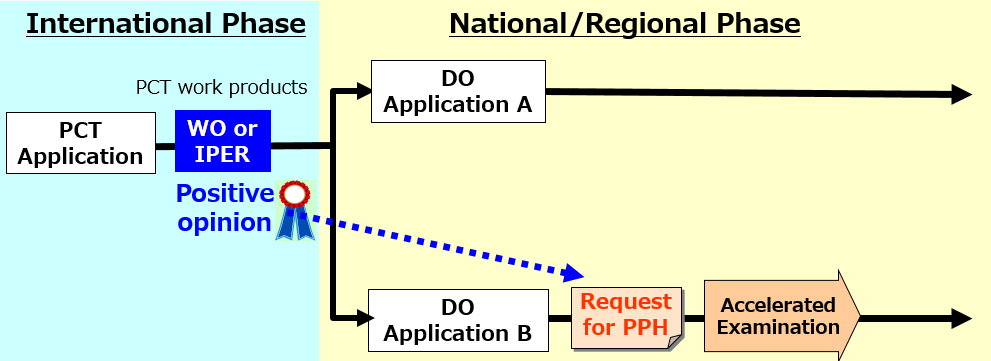
Figure 4: PCT-PPH (Source: https://www.jpo.go.jp/e/toppage/pph-portal/pct-pph.html)
The EGPO has signed an initial bilateral agreement with the China National Intellectual Property Administration (CNIPA), which is valid until June 30, 2024, and a second one with the Japan Patent Office (JPO), which comprises a trial period valid until May 31, 2023, according to the embodiments explicit in tables 2 and 3.

Table 2: PPH agreement between EGPO and CNIPA

Table 3: PPH agreement between EGPO and JPO
The OMPIC has signed bilateral agreements with the JPO, which comprises a trial period valid until March 31, 2024, and with the Spanish Patent and Trademark Office (SPTO), according to the embodiments explicit in tables 4 and 5.

Table 4: PPH agreement between OMPIC and JPO

Table 5: PPH agreement between OMPIC and SPTO
Accelerated examination in the ARIPO
The ARIPO has not signed any PPH agreement so far, but its legal framework, namely the Harare Protocol, has provisions about accelerated examination procedures in its Rule 18. In order to request an expedited/accelerated examination of a regional patent application, the applicant must file a search report, based on acceptable minimum documentation conducted on claims corresponding to the claims either of the same scope as or narrower in scope than the claims in the ARIPO application file.
Furthermore, the set of claims submitted to examination must consist of a single invention, and the applicant shall respond immediately to any clarifications sought by the examining division.
Indirect accelerated examination in Tunisia and Morocco by means of the EPO
Tunisia and Morocco are validation states in the geographic coverage of European patents. An applicant wishing to get faster protection for an invention by means of a patent in European countries and in Tunisia and Morocco may select said African countries when the European patent application is filed, and later request an accelerated examination by a PPH programme signed by EPO or by the PACE programme. After the European patent is granted, the applicant may validate it before Tunisia and Morocco after the accelerated examination provided by EPO.
Conclusions
The PPH programmes are a very interesting approach to start an accelerated examination before a patent office. They are best used when the patent examiner of an OLE can initiate the examination phase from a set of claims that received a first refining work by the OEE, and wherein claims lacking novelty and inventive step were cancelled and problems related to lack of clarity were overcome.
On the other hand, the PPH programmes have drawbacks regarding its inherent limitation regarding the bilateral agreements, because if an applicant has a patent application filed solely before, for example, in Egypt or Morocco, there is no mean to request accelerated examination for this patent application. Moreover, if a patent family having patent applications before Morocco and/or Egypt, but does not have further filings in China, Japan, and Spain, the PPH programmes may be useless for the applicant.
The embodiment of the accelerated examination established by ARIPO seems to be more universal, once a search report issued for any patent application belonging to a patent family of the ARIPO patent application may be used to initiate faster prosecution before ARIPO.
On the other hand, the obligation of a search report being provided by the applicant makes it unclear if a patent application filed solely before ARIPO may be submitted to the accelerated examination procedure. Rule 18 of the Harare Protocol does not clearly define if the search report is exclusively an official search report drafted by another patent office or if a search report drafted by the applicant would be acceptable.
Considering the low number of options, there are opportunities to evaluate other initiatives to provide accelerated examination programmes in Africa that may be useful for applicants that select said jurisdictions to obtain their industrial property rights in an expedited way, wherein this advantage would also be potentially beneficial for the applicants of patent applications that are residents in Africa.
This is a co-published article, which was originally published in the World Intellectual Property Review (WIPR).
Lista de Territórios
Não existem resultados para a sua pesquisa.
- África
- África do Sul
- Angola
- Argélia
- Benin
- Botsuana
- Burkina Faso
- Burundi
- Cabo Verde
- Camarões
- Chade
- Comores
- Costa do Marfim
- Djibuti
- Egito
- Eritreia
- Eswatini (Suazilândia)
- Etiópia
- Gabão
- Gâmbia
- Gana
- Guiné
- Guiné-Bissau
- Guiné-Equatorial
- Lesoto
- Libéria
- Libia
- Madagáscar
- Maiote
- Malaui
- Máli
- Marrocos
- Maurícias
- Mauritânia
- Moçambique
- Namíbia
- Níger
- Nigéria
- Quénia
- República Centro-Africana
- República Democrática do Congo
- República do Congo
- Reunião
- Ruanda
- Saara Ocidental
- São Tomé e Principe
- Seicheles
- Senegal
- Serra Leoa
- Somália
- Sudão
- Sudão do Sul
- Tanzânia
- Togo
- Tunísia
- Uganda
- Zâmbia
- Zanzibar
- Zimbábue
- África (OAPI)
- África (ARIPO)
- Mais Territórios
- Macau
- Maldivas
- Portugal
- Timor Leste
- Marca da União Europeia (EUIPO)
- Marca Internacional (Sistema de Madrid)
- Patente Europeia (IEP)
- Tratado de Cooperação em matéria de Patentes (PCT)

